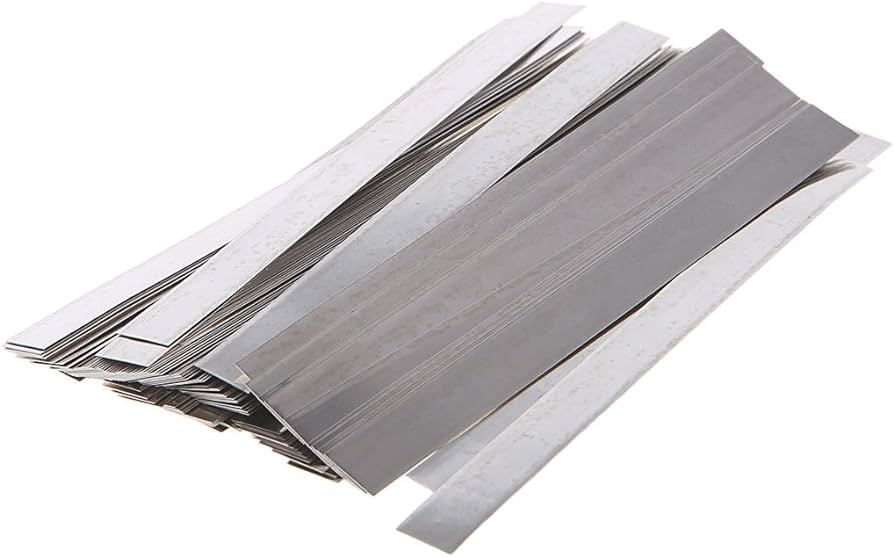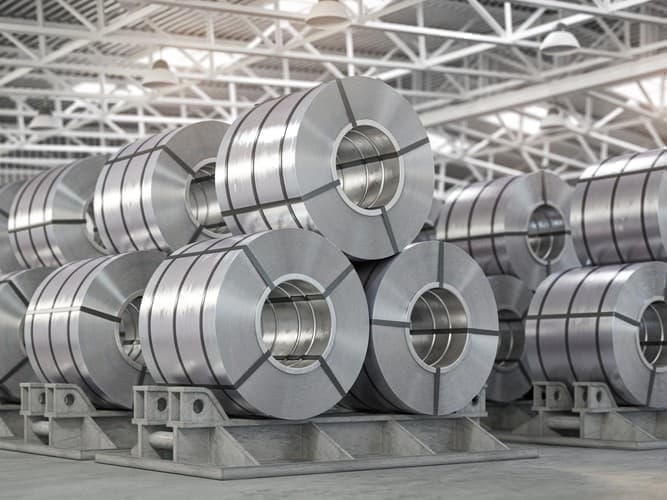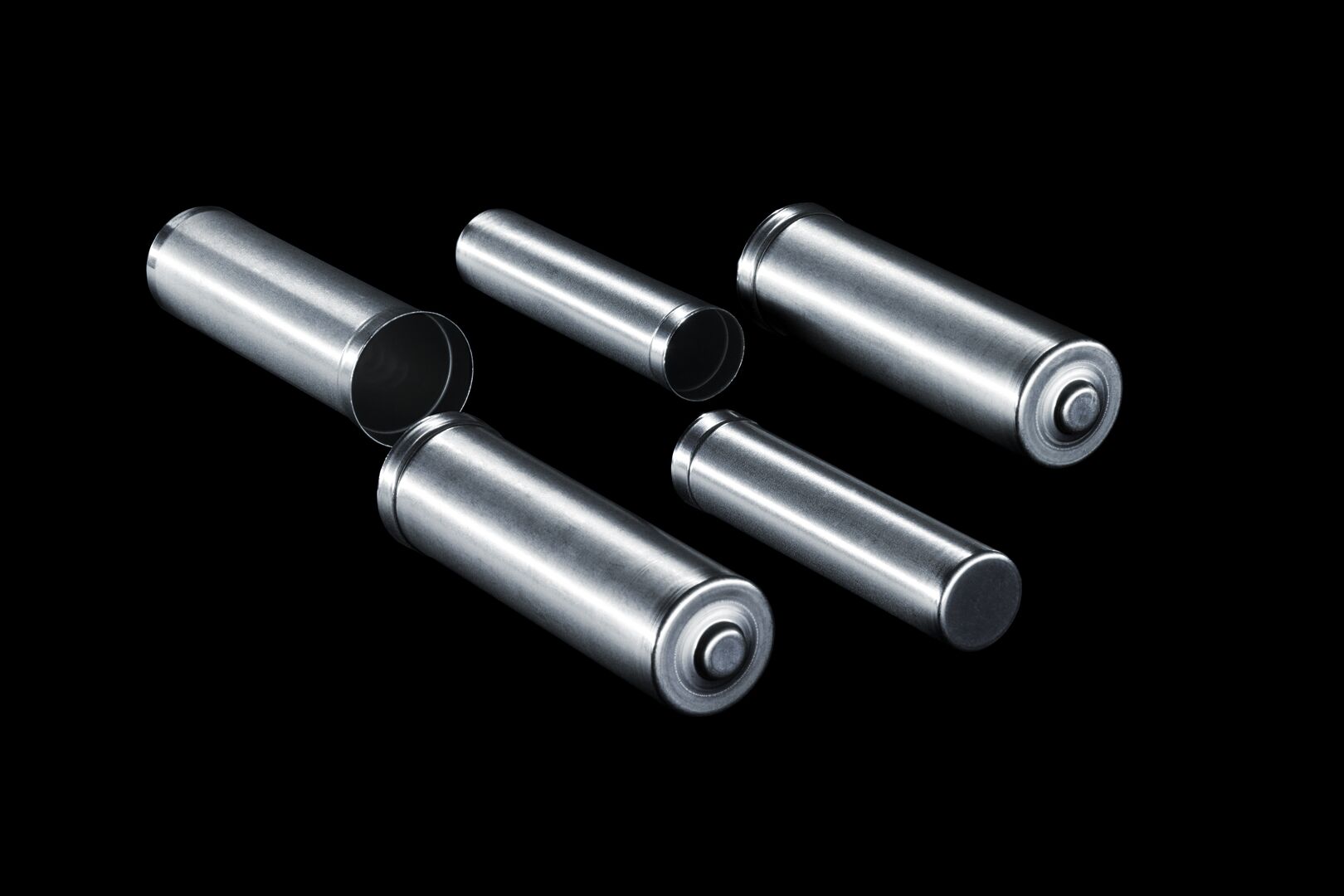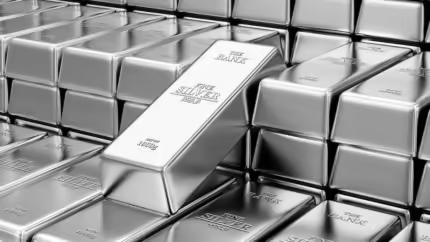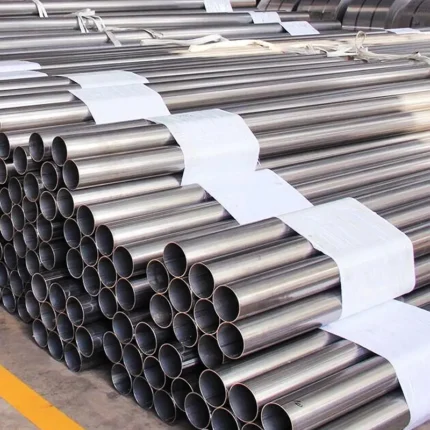Description
An introduction to nickel
Nickel demand and end-uses
Nickel forms an essential component in the cathodes of Li-ion batteries, delivering high energy density and greater storage capacity at a lower cost, thereby delivering a longer range for battery electric vehicles (BEVs) and making them more competitive with internal combustion engine (ICE) vehicles.
Nickel has long been widely used in batteries, most commonly in nickel cadmium (NiCd) and in the longer-lasting nickel metal hydride (NiMH) rechargeable batteries, which came to the fore in the 1980s. Nickel usage in batteries is set to increase as it forms an essential component in the cathodes of lithium-ion (Li-ion) batteries utilized in BEVs.
Nickel has outstanding physical and chemical properties. It has a melting point of 1,453°C, relatively low thermal and electrical conductivities, high resistance to corrosion and oxidation, excellent strength and toughness at elevated temperatures, and is capable of being magnetized. It is attractive and durable as a pure metal, and alloys readily with many other metals.
These qualities make it essential in hundreds of thousands of products. Its main use is in alloying, particularly with chromium and other metals to produce stainless and heat-resisting steels. The six main uses are stainless steel, batteries, Cu-Ni alloys, nickel alloys, plating and nickel compounds.
Usage of nickel has increased over time and is correlated with economic development. Nickel is contained in nearly two-thirds of stainless steel produced. Strong world economic growth until 2007 supported the rising production of primary nickel metal. Over the past 10 years, global nickel output has increased by more than 65%, while that of China has surged by a factor of 13.
Nickel supply and resources
Nickel is a lustrous, silvery-white metal discovered in 1751 and the fifth most common element found on Earth. It occurs in nature principally as oxides, sulphides and silicates. Nickel ores are found in two types of orebody – sulphidic and lateritic. However, polymetallic manganese-rich nodules containing nickel found on the seabed are potentially a resource many times larger than those located on land, with a grade varying from 1.25-1.5% Ni.
Ores of nickel are mined in approximately 20 countries on all continents and are smelted or refined in around 25 countries. Global mined nickel production is derived from ~30% sulphide ores, with the remainder coming from a mix of limonite and saprolite ores.
Globally, the bulk of historical production has been derived from sulphide ores as these are easier to process through conventional mining, smelting and refining, compared to laterite ores. Sulphide ores are typically derived from volcanic or hydrothermal processes and usually include copper and/or cobalt, and sometimes other precious metals such as gold, platinum or palladium (generally grouped as PGMs).
Laterite ores mined from surface targeting limonite (oxide ore) and saprolite minerals (silicate ore) are mined along the Asia-Pacific Rim. Saprolite-type ore, characterized by high magnesia and silica content, is treated by a pyrometallurgy process, while limonite-type ore is subjected to a hydrometallurgical process. Laterites contain 70% of global nickel resources but produce only around 40% of world production.
Primary nickel is produced and used as ferronickel, and in nickel oxides and other chemicals, and as almost pure nickel metal. Globally, over 2 mt of new or primary nickel is produced and used annually. Nickel is also readily recycled in many of its applications, and large tonnages of secondary or ‘scrap’ nickel are used to supplement newly mined metal.
The output of primary nickel production is generally divided into two main product categories: class 1 and class 2. Nickel class 1 is a group of nickel products comprising electrolytic nickel, powders and briquettes, as well as carbonyl nickel. Approximately 40% of primary nickel production was class 1 in 2019.
Nickel class 2 comprises nickel pig iron (NPI) and ferronickel. These nickel products commonly have a lower nickel content and are used in stainless steel production, where producers take advantage of the iron content. China began producing NPI in 2005 in different forms and grades, and this has replaced traditional products such as nickel metal and stainless-steel scrap in the manufacture of stainless steel in China and Indonesia.
What is nickel metal used for?
Understanding the many uses of nickel can provide insights into its global demand and significance in various industries, from manufacturing to high-tech sectors. Nickel’s diverse applications reflect its versatile properties. Here are the primary uses of nickel:
- Stainless steel production: Nickel is a key ingredient in stainless steel, comprising up to 10% of the alloy in some stainless steel grades. It enhances the material’s corrosion resistance, overall strength, and high-temperature performance.
- Batteries: Nickel plays a critical role in the energy sector, particularly in the production of rechargeable batteries, including lithium-ion batteries. It helps increase the energy density and storage capacity, which are crucial for the automotive industry, particularly in electric vehicles.
- Alloys: Nickel is used to create a variety of alloys, including super alloys that are capable of operating in highly demanding conditions, such as those found in jet engines and power generation facilities.
- Electronics: Due to its excellent conductivity, nickel is utilized in a wide range of electronic components, enhancing the reliability and performance of devices.
- Plating: Nickel plating is applied to other metals to enhance their durability and resistance to corrosion. This process is commonly used in items ranging from household fixtures to electronic hardware and machinery parts.


